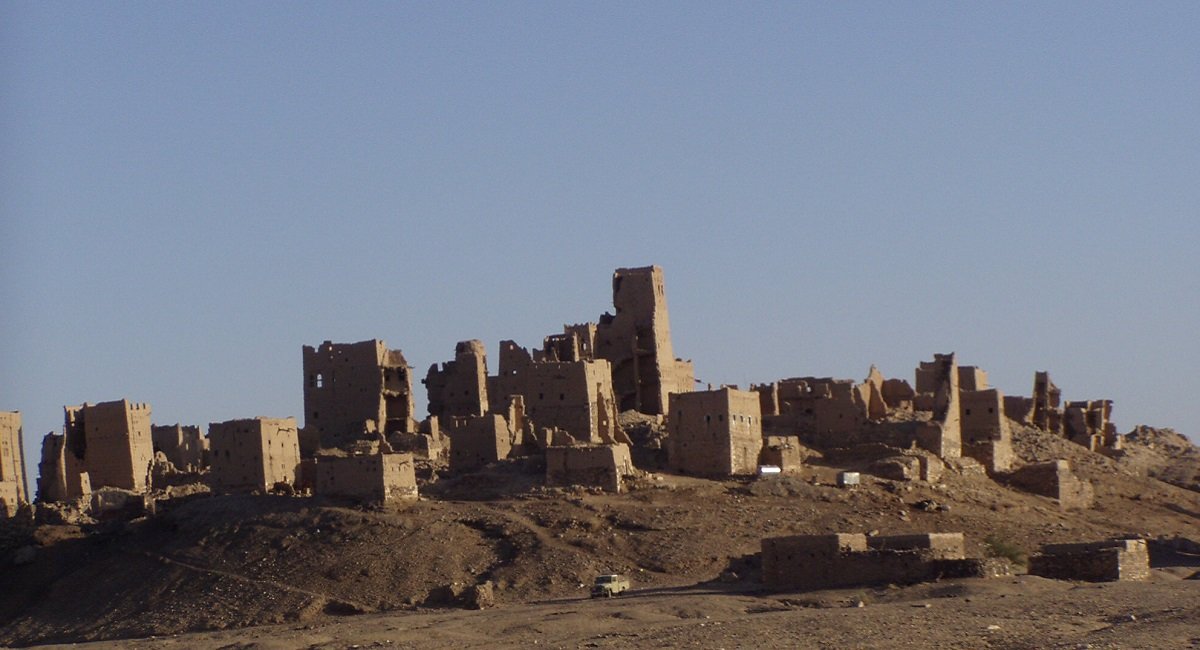

Houthi offensives on Yemen’s Marib Governorate misread international overtures for peace and demonstrate a capability and willingness to continue fighting.
In February 2021, the U.S. Department of State removed Houthi rebels from the list of foreign terrorist organizations to pave the way for a recalibration in policy toward Yemen. The Houthis, also known as Ansar Allah, misread the signals, which were accompanied by a suspension of offensive operations support for the Saudi-led coalition and the appointment of a U.S. special envoy for Yemen. Instead of de-escalating, the Houthis reignited a large-scale offensive on the resource-rich governorate of Marib that has been far from successful but remains ongoing and highly risky. Against this reality, the United States can increase its support for the internationally recognized government of Yemen and impose smart sanctions to limit the financial, military, and logistical resources that fund the Houthi war effort.
Houthi Attrition Strategy
Since the fall of the northwestern city of al-Hazm to the Houthis in March 2020, the Houthis have launched concerted offensives south toward Marib, a game-changing strategic objective. The Houthi strategy in Marib since March 2020 is one of attrition, given the gradual withdrawal of coalition forces and heavy defensive weapons, as well as enduring divisions within the government of Yemen. The Houthis have deployed an amalgam of trained and ill-trained waves to seize Marib at any cost.
Houthi frontline paramilitaries mainly encompass children younger than eighteen. In a recent VICE News documentary, a former child recruit told Isobel Young that going to the frontline “was the hardest thing... We would be in the front, with them [trained Houthi paramilitaries] in the back.” The Houthis, who control populous northwestern governorates, run indoctrination campaigns at mosques, schools, and summer camps. The Telegraph reported that some “three million Yemeni children living in areas under Houthi control are being indoctrinated with education material filled with violent, anti-Semitic propaganda.” In June, Hussien al-Ezzi, a Houthi leader, announced the admission of 620,000 children in such programs.
Many children have died with the Houthi attrition strategy in Marib. In February, the Houthis acknowledged the deaths of 718 fighters, many of whom were children. In March, local Marib authorities repatriated seven captured Houthi child soldiers to Sana’a on an International Committee of the Red Cross flight, sending the message that children should not be routed only for death.
Support from Iran
The Houthis have used arms captured from the state, such as tanks and armored vehicles, as well as arms illicitly smuggled from Iran and modified locally, such as ballistic missiles and drones. In the first half of 2021, the Houthis have fired more than 55 ballistic missiles on Marib, in an effort to punish civilians for resisting. Between June 5 and June 10, Houthis fired at least three missiles, killing an estimated three dozen civilians and injuring at least as many. Houthi forces have also shelled several camps for internally displaced persons in Sirwah, according to Human Rights Watch. The Abaad Centre for Studies and Research reported that Houthis “used thirty American armored vehicles in its recent war on Marib, including twelve… vehicles specialized for counterterrorism,” demonstrating the willingness and capability to continue fighting.
A key strategic difference between the February 2021 offensive and previous ones is the direct advice the Houthis received from Hassan Erlo, an Islamic Revolutionary Guard Corps commander in charge of the Yemen file who was smuggled into Yemen in October 2020. Dr. Ali al-Thahab noted that “the Houthis prepared for this battle for nearly four months” and deployed ideological hardliner brigades such as al-Hussien and Death Brigades and tribal loyalists such as Al-Razami and Al-Wahbi Brigades. But governmental and tribal resistance forces, backed by precision coalition airstrikes, have repelled intensive Houthi attacks.
The influence of Erlo, who is often described as the de facto ruler of Sana’a, may have gone above and beyond military duties. Although Houthi leaders did not officially reject U.S. State Department overtures, Erlo ramped up his rhetoric and forced Houthi leaders to continue fighting and reject de-escalation proposals. In a briefing to a regional subcommittee of the House Committee on Foreign Affairs, U.S. Special Envoy for Yemen Timothy Lenderking described the ongoing Houthi attacks as “the single biggest threat” to de-escalation efforts, and casted “doubt upon the Houthi assertion that they are not a proxy of Iran.”
Further Escalation Is Coming
In view of the Houthis’ attrition strategy, reignited attacks on Marib are set to continue, even if Houthis engage in a tactical ceasefire. For the group to engage constructively, the financial, logistical, and military resources that fund their fighting ability must be denied. The U.S. can increase its current interception of Iranian arms and financial networks, and with the European Union discuss coordinated smart sanctions, including over the recruitment of children. For its part, the international community must prevent the humanitarian crisis from worsening by saving Marib using all means available.
Ibrahim Jalal is a Research Fellow at the Yemen Policy Center, a Nonresident Scholar at the Middle East Institute’s Gulf Affairs and Yemen Program, and cofounder of The Security Distillery.



